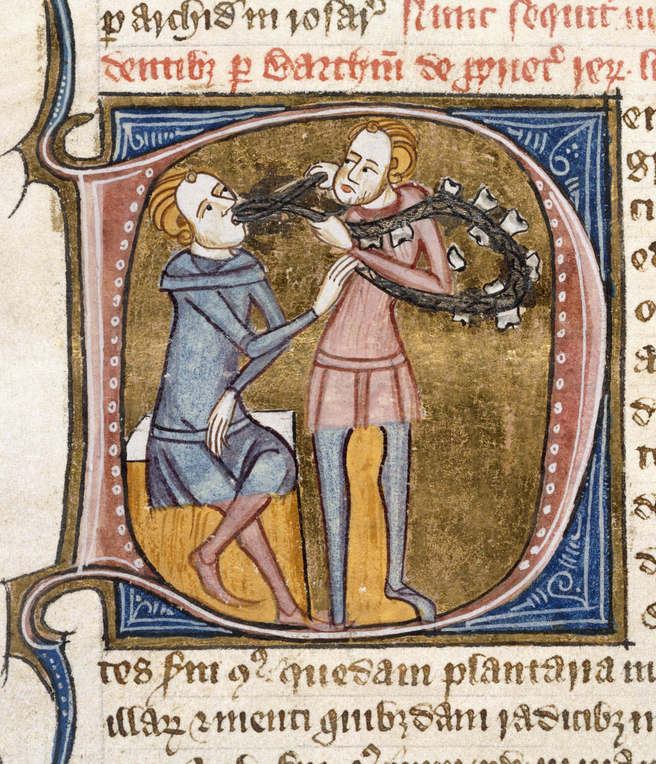Did you know that the shape, shade, length and spacing of your teeth could significantly affect your smile? And our smiles can greatly affect our self-esteem and confidence. Common conditions that impact negatively on your smile include broken, cracked or worn teeth, discolored teeth, missing teeth, crooked teeth, decayed teeth, gaps between your teeth and/or “gummy smiles.” The good news is that with modern technology and improved materials, these situations can be dramatically changed to create natural looking and long-lasting beautiful smiles.
Each patient and each specific circumstance must be evaluated on its own merits. Factors such as occlusion [bite], oral habits, available space, health of the gum tissue, severity of the problem and patient expectation should be taken into consideration when planning your cosmetic makeover.
Depending on your individual oral characteristics, there are a variety of choices that all result in excellent esthetic outcomes. For whiter natural teeth, in-office or at-home bleaching [whitening] techniques are available. Repairing teeth or closing spaces may be accomplished with tooth-colored composite resin bonding, porcelain veneers or porcelain crowns.
Veneers are wafer-thin laminates or shells of tooth-colored material (which can be either porcelain, ceramic or composite bonding material). They are bonded (cemented) to the front surface of teeth to improve their cosmetic appearance. It’s really not that much different from brick on the front of one’s home. Many dentists use the alternative analogy that dental veneers are for your teeth what false fingernails are for your hands.
Stained teeth – badly stained or discolored that cannot be improved by teeth whitening or prophyflex treatments can be greatly improved by dental veneers, which function to cover any existing stains on your teeth.
Damaged teeth – teeth that have become badly worn through excessive grinding or by carbonated drinks, as well as those that have been chipped or broken, can benefit from veneers. A small chip on a tooth can quickly be repaired with composite bonding, also known as “composite veneers”. A single damaged tooth can easily be repaired with a porcelain veneer that has the same characteristics and color as you natural teeth.
Gaps – spaces or gaps (technically termed as a diastimas) between your teeth can easily be closed using dental veneers, giving you a more uniform-looking smile.
Crooked teeth – Veneers are not the ideal treatment for crooked teeth, and from the point of view of preserving your natural teeth structure, orthodontics or Invisalign braces would probably a better solution. However, this type of treatment can take up to a year or longer and be significantly more in cost to accomplish. For teeth that are not severely crooked, veneers placed over their front surface will give a straight and perfectly aligned-looking smile. For this type of treatment, many people refer to veneers as “instant orthodontics”, as you get a similar end result in a fraction of the time.
These procedures vary in time and cost and have differences in longevity and appearance. If you’re not satisfied with your smile or want to learn if you’re a good candidate for any of these remarkable techniques, call our Atlanta (Sandy Springs) office for a complimentary cosmetic consultation.
Novy Scheinfeld, DDS, PC
290 Carpenter Drive, 200A
Atlanta, GA 30328
(404) 256-3620
receptionist@rightsmilecenter.com
http://www.rightsmilecenter.com
Related articles
- Atlanta Dentist – Novy Scheinfeld, Prosthodontist (therightsmile.wordpress.com)
- Atlanta Dentist – Dr. Novy Scheinfeld, Prosthodontic Trained by Emory University (therightsmile.wordpress.com)
- Dentist in Sandy Springs – A Prosthodontist is your ADA cosmetic dentist. (therightsmile.wordpress.com)
- Dentist Sandy Springs – ADA Accredited Prosthodontist is Your Cosmetic Dentist (therightsmile.wordpress.com)
- Atlanta’s Top Dentist – ADA Accredited Prosthodontists (therightsmile.wordpress.com)



